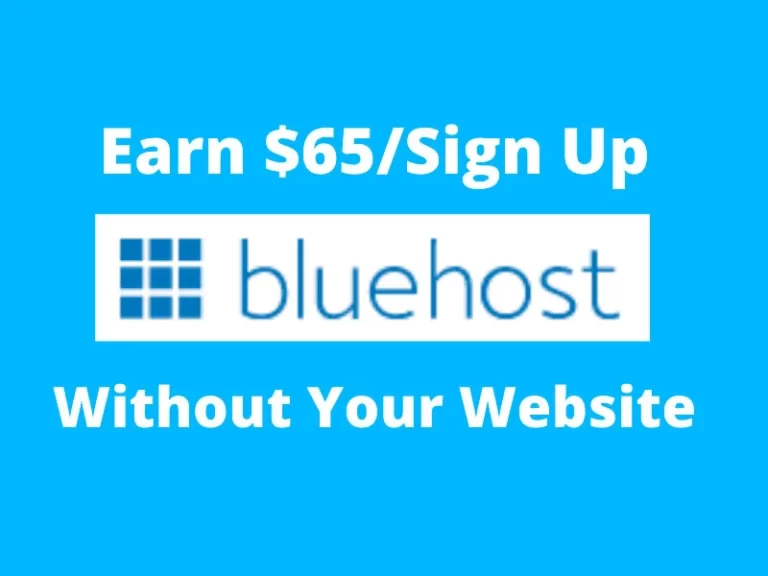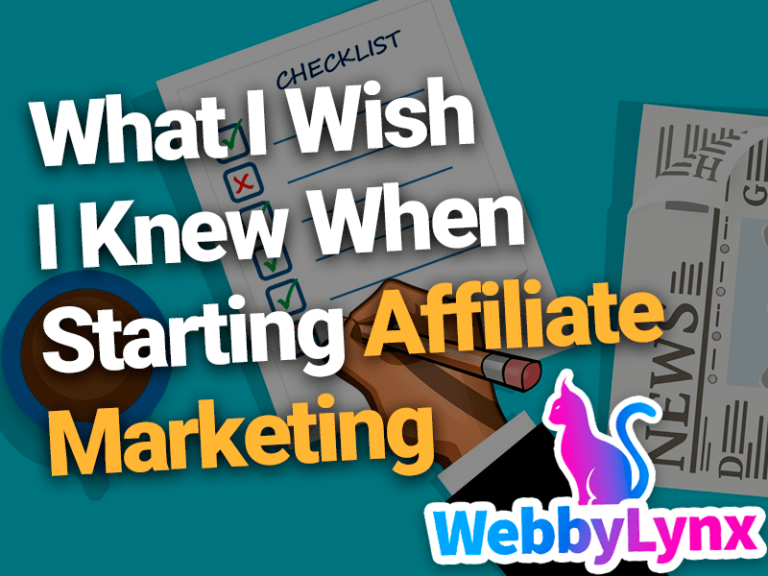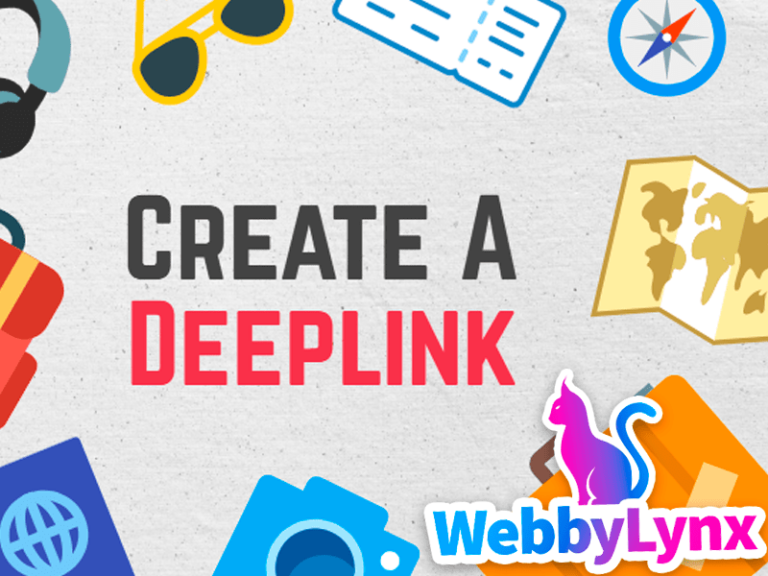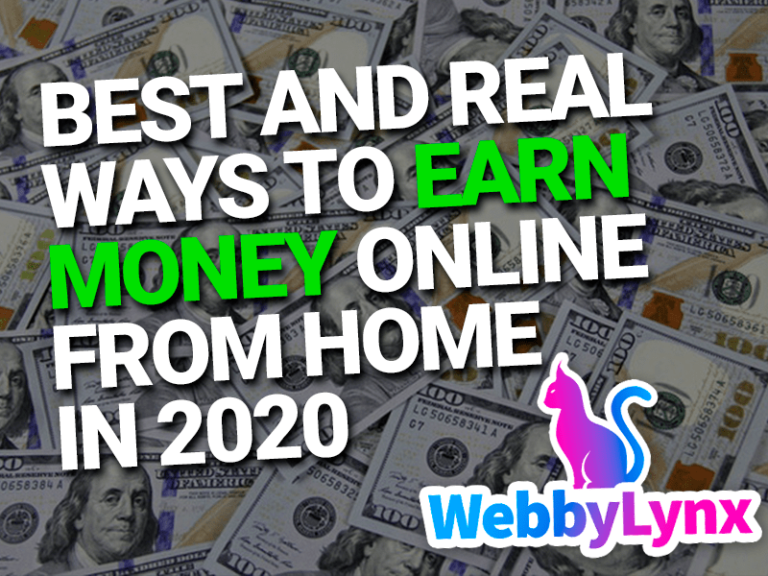It’s a familiar story: You literally can’t wait to start making money with affiliate marketing on ClickBank, so you grab a ClickBank affiliate link (aka HopLink) for the first product you find in the marketplace, plaster the custom link all over the web, and cross your fingers.
And what happens next?
Well, if you’re lucky, you’ll get a handful of sales, but this “spray and pray” approach to promoting affiliate links simply isn’t sustainable.
That’s why we’ve put together a strategy guide on how to get steady, reliable clicks on your ClickBank affiliate links. Read on to discover how to create a HopLink, promote it online, and build a solid foundation for your affiliate marketing business!
Setting up Your First ClickBank Affiliate Link
First things first: Before you can promote a ClickBank affiliate link, you need to generate one.
This step is incredibly important – if you don’t do it right, you may end up referring traffic without getting any credit for it!
If you’re not already familiar with how to set up a HopLink, it’s as simple as jumping into the ClickBank marketplace, choosing a product (preferably with a decent gravity score), clicking “Promote,” and then adding your account nickname and an optional tracking ID in the form fields.

From there, just click the “Generate HopLinks” button to get a custom link you can use for affiliate marketing.

Lastly, you’ll copy the resulting encrypted affiliate link, and voila – just paste it into your marketing promotions to start getting commissions!
NOTE: You can also do this straight from the Hoplink Generator Tool on the main ClickBank website.
Verify Your Affiliate Link
If you want to make sure the link you created is working properly, first check that the link contains “hop.clickbank.net.” In the example above, you can see that it does.
Second, click through your HopLink to the vendor product you’re promoting. On the landing page, click the “order now” or “buy now” button, then scroll down to the bottom of the order page.
There, you’ll check to see that the correct account nickname and tracking ID are there, where it says “affiliate = ” at the bottom.

This will confirm that your link is connected to your ClickBank account.
One more verification option is to check your reporting dashboard. If your HopLink is working, you’ll see everything from clicks to impressions to sales right there.
Where to Promote ClickBank Affiliate Links?
With a HopLink ready to go, your next step is to pick one or more methods to promote it. We’ve listed 7 of our favorite methods that consistently work for top ClickBank affiliates to promote their affiliate links!
1) Pay Per Click (PPC) Ads
Pay per click ads are one of the most powerful ways to make money with ClickBank. As long as you’re prepared to test your ad copy and creative on an ongoing basis, media buys on a platform like Google allow you to start making a profit quickly, especially in comparison to organic marketing promotions (like starting a blog or growing a YouTube channel).
For example, with Google Ads, you can create text search ads that appear in Google search results, or Google Display Network (GDN) ads that appear on relevant websites that target your audience. After the ads start appearing, you’ll be able to direct cold traffic over to an affiliate offer you’re promoting.
As an affiliate, you have to do a little back-of-the-napkin math to make sure your cost per click (CPC) is less than your overall earnings per click (EPC) – if it is, then you should be profitable!
While you’re at it, don’t ignore pay per click on other ad networks, such as Microsoft, or on social platforms like Facebook!

And of course, after a campaign has launched, don’t be afraid to add remarketing to your arsenal to boost conversions for people who almost bought.
NOTE: Facebook is one of the most popular PPC ad networks, but it’s gotten pretty finicky when it comes to affiliate links, so be sure to follow all of Facebook’s ad requirements carefully. Your mileage may vary.
Quick PPC Tips:
- For Google search ads, it’s important to bid on keywords that your ideal audience would search for. Keyword research is key if you want to get the most value from a PPC search campaign.
- Copy is king, even for display ads. Write for humans, because they’re the ones you want to click.
- It’s often safer to point people to a pre-sale or bridge page from your PPC ads, rather than sending them directly to an offer page whose quality you can’t control.
2) Organic social
There are many different ways to promote a product on social media! On Facebook alone, you could:
- Post on your personal profile
- Start or join a Facebook group
- Maintain a business page
- Pay to run Facebook Ads
It’s a similar story on sites like Instagram, Pinterest, LinkedIn, and Twitter, with multiple ways to engage with each platform.
While PPC is all the rage, organic social is still a viable way to build your affiliate marketing. One benefit of organic is that it encourages personal engagement, so you can leverage relationships in a way that isn’t possible with paid ads. This translates to better conversions and a stronger brand long-term.
Pinterest is another great option for affiliate marketing because you’re allowed to use affiliate links right in your pins. Pinterest is probably the closest thing to a social media/search engine hybrid, so your optimized pins can be found on other people’s boards or when people search for related terms on Pinterest.
Facebook Groups are another great way to build a community around your specific niche – or even a particular offer. You’ll see much better organic reach to members of your Facebook group compared to fans of your business page.
I recommend starting with just two or three social networks at most. Otherwise, you’ll be spreading yourself too thin to get momentum on any platform.
Quick Social Tips:
- For a longer-term play, try pointing people to a landing page where they can opt into your email list.
- If you choose to promote your affiliate links on social media, consider using a redirect link (such as a Pretty Link). This is often better for conversions.
- As a nice bonus, having an active social account will send social signals that can boost your website’s ranking in organic search.
3) YouTube
YouTube is an affiliate marketer’s dream! For one thing, you have the ability to post your affiliate links there. This means you could base your entire affiliate marketing business on just this one channel – no website needed!
To succeed on YouTube, you need to find a way to create valuable content around your offer. The most obvious route is through product reviews or round-ups of a product category, but don’t be afraid to get more creative.
For example, if you’re promoting a weight loss supplement, you could do an informative video like “3 Ways to Measure Your Body Fat Percentage” – and a totally logical next step would be a weight loss supplement to help your viewers, which you could earn affiliate commissions on.

NOTE: ClickBank has several successful dietary supplements and weight loss products in our marketplace. Sign up here to get started!
Quick YouTube Tips:
- Always ask for likes and subscribes. It may feel awkward, but both are essential for growing your channel.
- Content quality is key. If you create engaging content that keeps people around, the YouTube algorithm will show your videos a lot more love, including in the coveted “related videos” area.
- Don’t neglect your audio, lighting, and video production values. Competition can be intense, so it helps to come across as a professional.
4) Blog
One of the best things about a blog is that it’s totally within your control. You have a home base to build your business’s brand and grow an audience.
A blog also allows you to deliver content that you own. If you’re willing to do the writing and content production yourself, you can keep costs down and build up a valuable asset around organic SEO traffic. Blogs are also one of the most effective channels to build an email list!

With all that said, blogging is a long game. If your site is new, expect to spend at least 6 months publishing content before you see any real traction in Google, especially in competitive niches. This is a double-edged sword – it can be difficult for your content to rank, but that means it’s equally as difficult for competitors to rank as well.
Quick Blog Tips:
- Remember the importance of search intent with every post you write on your blog. Keywords generally fall into informational and commercial intent, so tailor your content to what the reader is looking for.
- Keyword research is helpful, but don’t let it dictate your entire strategy. Some search terms don’t have a lot of data yet, but can still be valuable.
- For affiliate marketing, you’ll want a balance of informational posts like tutorials, how-to’s, and ultimate guides and affiliate content like buying guides, product reviews, and comparison posts.
5) Email marketing
Everyone in the affiliate marketing space says “the money is in the list,” and that’s because it is. The rule of thumb is that each member of your list is worth $1 per month – so a list of 10,000 engaged subscribers is worth $10,000 per month. Not bad!
You can use autoresponder emails to nurture leads into customers, and send broadcast emails to keep existing customers engaged and ready to purchase your next offer. The ideal cadence for emails, believe it or not, is every day – but if you don’t have the bandwidth to send out quality emails that often, aim for three times per week.
Quick Email Marketing Tips:
- Spend way more time on your subject line than you probably do now. If people don’t open your email, it’s not going to matter how good your email copy is.
- An open rate in the 20-30% range is pretty good. That means you’re lucky if one in three subscribers opens your email, so plan accordingly.
- Your opening line in an email is almost as important as your subject line, so spend some time crafting a compelling first line to get people to keep reading.
6) Ebook
A quality downloadable ebook or white paper is a fantastic way to promote specific products to an audience. If someone is reading your ebook, chances are good that they’re invested in what you have to say and trust you as an expert.

An ebook can be a great lead magnet to give away on your blog or website, especially cheat sheets and reference guides. But this strategy also works if your ebook is a product you’re selling, or one element of a product bundle like an online course.
It’s easy to integrate product recommendations into an ebook related to your niche. For example, if you sell an e-business course, it’s natural to plug a specific tool, such as Active Campaign for email marketing. Just be sure not to go overboard with the links.
Quick Ebook Tips:
- Be sure to add a disclaimer that you’re including affiliate links in your ebook somewhere, such as the beginning or the end. Your readers need to know this!
- Unlike with emails or PPC ads, you’re not as restricted in having affiliate links in an ebook, even on platforms like Kindle Direct Publishing.
- Your promotions may change on a regular basis, so to avoid having to constantly update your ebook, either add a Pretty Link that you can redirect to a new offer, or link to a Recommended Resources page on your website.
7) Native Advertising
Native ads are display ads that blend in with the other content on a web page. This is a more cost effective form of display marketing than GDN.
The main caveat with native advertising is that the network you choose makes all the difference. Your access to quality traffic depends on it.
Some of the top native ad networks are:
- Outbrain
- Taboola
- Revcontent
- Primis
And what do native ads look like? Common formats for native ads include sponsored posts or articles, content recommendations, and in-feed ads on platforms like Facebook.
It’s important to do your research to make sure the network you choose offers relevant sites to place your ads. And like with any display ads, it’s important to consider your costs and balance them with what you earn from your offers.
Quick Native Advertising Tips:
- Focus on creating curiosity with attention-grabbing ads, but without disrupting the user’s experience.
- Think of your native ads more like valuable content and less like a sales pitch.
- You can measure your success with native ads using the earnings per click metric.
Affiliate Link Strategy
Now that you know how to create a link and where to promote it, let’s touch on the bigger picture for a moment.
According to Kyle Kostechka, business development manager at ClickBank, “Affiliates often think of HopLinks as the final destination, but HopLinks are really just the first step in the longer journey to a sale. Your primary job is to sell the click, not the offer, so keep your focus on moving traffic to the next step in the customer journey.”
“Sell the click, not the offer.”
If you’re familiar with the rules of copywriting, it’s a similar idea: The whole point of the headline is to get the prospect to read the first line… And the first line’s job is to get them to read the second line… And so on!
Back to affiliate marketing: the true purpose of affiliates is to get potential customers to click through to an offer page. If you’ve picked the right products to promote as an affiliate, then the landing page will do its job to convert your traffic into paying customers.
ClickBank Product Promotion Strategy Wrap-up
I hope this list has helped open your eyes to the many opportunities for promoting ClickBank products online. Rather than sticking with the typical PPC, blog, and email channels, see if you can expand into a brand-new channel to promote your HopLinks and get more product sales.





